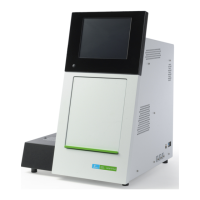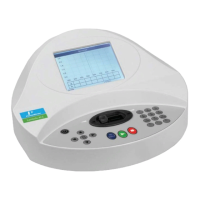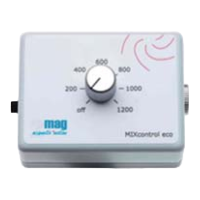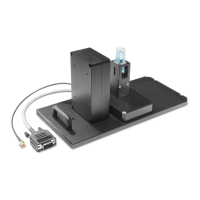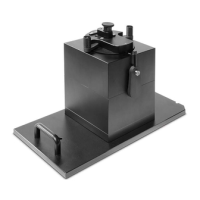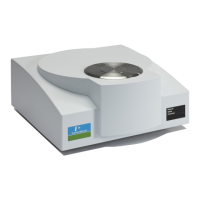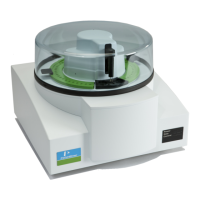Software Reference 175
V4.2 LabChip GX User Manual PerkinElmer
Peak Table View (Continued)
The analysis normally labels the upper marker (UM) (DNA Assays
only) and lower marker (LM) in each sample and in the ladder. The
labels display in the Type column of the table. If the analysis has
misidentified the markers, the correct marker can be selected
manually by right-clicking on the peak row to open a shortcut menu
of possible peak types for the peak. This can also be used to label a
peak as Excluded (X). The concentration of an excluded peak is
forced to zero so that it does not affect the total well concentration
and the %Purity calculation.
Expected Peaks are indicated by the Expected Peak Name in the
Type column.
The output of an exported Peak Table includes the columns in the
order displayed in the Peak Table at export time. A Peak Table is
exported to a CSV format, which can be imported into a program
such as Microsoft Excel. If the workspace contains multiple
collections, the data is exported from the active/selected collection.
To show only filtered peaks, sort within each well, or hide excluded
peaks, see Peak Table Properties.
Protein, Glycan, and Protein Charge Variant assays are only
supported on LabChip GX II instruments. DNA, RNA, and gDNA
assays are supported on LabChip GX, and GX II instruments.
Peak Table Columns
The Peak Table can display the following columns:
%Area - (Glycan assay only) The peak's area as a percentage of
the total area of peaks within the sample range (> 6.6 CGU).
% of Total Area - (RNA assays only) The area of the RNA fragment
divided by the total area. The total RNA area is computed using
trapezoidal integration of the electropherogram from the end of the
lower marker to the baseline end time. The baseline for the total
area is a straight line drawn from the baseline start time to the
baseline end time. The height of the baseline at these points is the
average signal value over a 5 second region around these points.
% Purity - (Protein assay only) The quantity of protein, expressed
as a percentage of the total protein, found in a particular peak.
Aligned Area - If the sample has been aligned, the area of the
aligned peaks is reported.
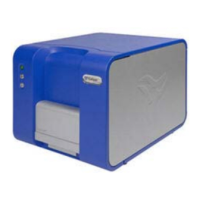
